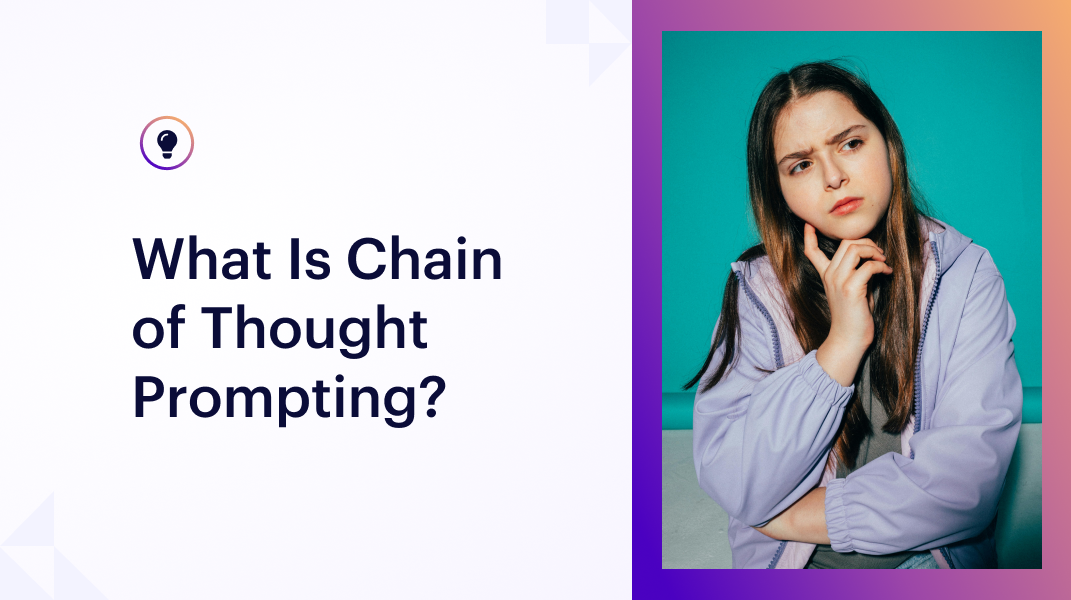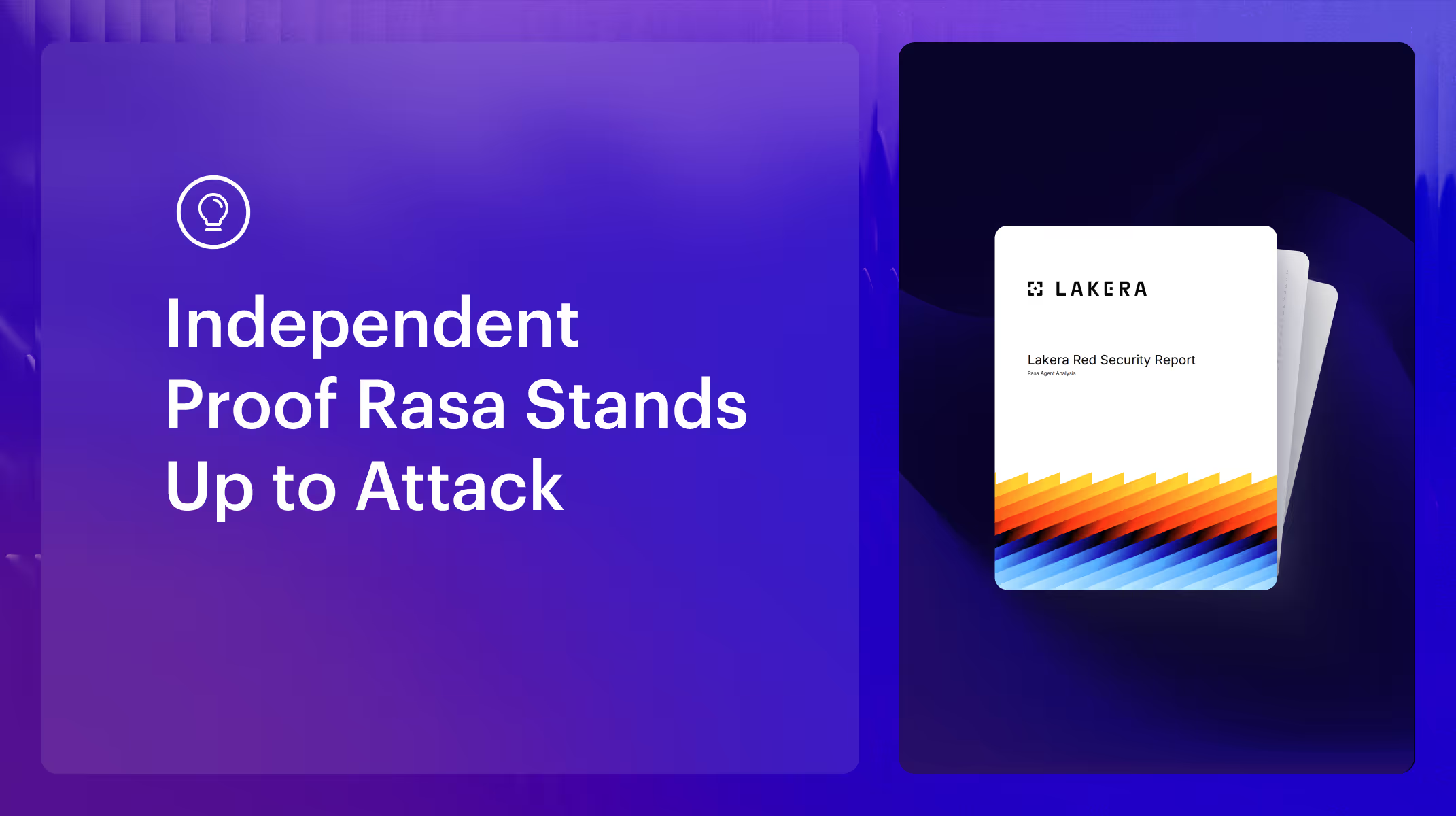TL;DR: Generative AI encompasses a broad range of technologies that create new content—text, images, audio, or video—while large language models (LLMs) are a specialized subset focused solely on understanding and generating text. For enterprises, recognizing these distinctions is crucial to selecting the right model, managing infrastructure and governance needs, and ensuring AI deployments deliver measurable business value.
Generative AI is reshaping how enterprises create, automate, and operate. Tools like ChatGPT, Midjourney, and Claude have shown what’s possible, accelerating innovation across content, service, and customer engagement. Yet with this rapid growth has come confusion about what these systems actually are and how they differ.
The distinction matters. Large language models (LLMs) are one form of generative AI, but not all generative AI relies on an LLM. Understanding the difference determines whether your next AI investment drives measurable impact, or just adds another pilot project to your backlog.
This guide breaks down what sets LLMs apart, where they fit into a broader generative AI strategy, and how you can use both to streamline operations and scale automation.
Understanding large language models (LLMs)
Before looking at the broader applications of generative AI, let’s look more closely at one of its most influential (and most widely discussed) forms: LLMs. LLMs are the foundation of many enterprise AI systems—from conversational agents to automated summarization tools—and they set the standard for how machines process and produce human language.
What defines an LLM
LLMs are AI models trained with massive amounts of text data. They’re designed to understand and generate human-like text, using natural language processing (NLP) to interpret context, respond to complex queries, summarize huge volumes of information, and even translate between languages.
Beyond the data they’re trained on, what makes LLMs powerful is their architecture. Most are built on the Transformer framework, which allows the model to process context.
The Transformer architecture uses two main components: an encoder, which analyzes and represents input text, and a decoder, which uses that representation to predict and generate output. Together, these give the LLMs the ability to understand nuance and produce contextually relevant responses.
Some popular LLMs include OpenAI’s GPT models, Google’s Gemini, Anthropic’s Claude, and China's DeepSeek.
How LLMs are trained using vast amounts of data
LLMs learn to understand and generate language by analyzing massive datasets made up of text from websites, books, codebases, and other sources. They identify patterns, relationships, and contextual cues to develop a statistical understanding of language. This enables them to predict words, complete sentences, and answer complex questions coherently.
However, the quality and diversity of the data used to train an LLM is what determines the quality of its output—and therefore, its reliability.
Understandably, poor or limited data can lead to AI hallucinations, misinformation, or unhelpful responses. This is why it’s critical to understand where an LLM’s training data originates and how comprehensive it is before deciding if it’s trustworthy and ready for enterprise use.
Common use cases for LLMs in enterprises
As LLMs continue to mature and evolve to handle more complex language-based inquiries, their enterprise applications are expanding:
- Intelligent chatbots, virtual assistants, and AI agents: Automate customer and employee support with natural, conversational responses.
- Text summarization: Turn lengthy documents, reports, or meeting transcripts into concise, actionable insights.
- Document drafting: Create first drafts of contracts, proposals, technical documentation, and other documents.
- Intelligent search: Query enterprise data systems and receive context-aware answers instead of keyword results.
- Personalized customer engagement: Understand customer tone, tailor responses, and personalize interactions at scale.
- Internal productivity tools: Assist employees in writing emails, brainstorming ideas, and planning tasks more efficiently.
What is generative AI?
LLMs are just one branch of generative AI. While LLMs focus on understanding and generating text, the broader category of generative AI includes all technologies used for content creation of any kind: images, audio, code, and even 3D designs.
This broader flexibility is huge for enterprises, providing new and innovative ways to automate or enhance content beyond written language.
Let’s take a look at some common generative AI modalities, how they differ from LLMs, and how they work.
How generative AI models differ from LLMs
While LLMs are a specific type of generative AI designed only to interpret and produce text, there are several other types of generative AI modalities that can help teams tackle more nuanced, complex tasks—like generating a product description from an image, summarizing video content, or combining multiple data sources for insight. The result is faster, more context-aware outputs that can streamline operations and drive better decision-making.
Here are just a few of the current generative AI modalities beyond LLMs:
- Image generation: Tools such as Midjourney or DALL·E that create visuals from text prompts, which is useful for design and creative production.
- Audio generation: Models like OpenAI Jukebox or ElevenLabs that produce realistic speech, music, or ambient sound.
- Video generation: Systems such as Synthesia or Runway Gen-2 that generate or edit video content using text or image inputs.
- Multimodal AI: Models like GPT4o, Claude 3, and Gemini, capable of processing and generating across multiple data types—text, images, and video simultaneously. For instance, a multimodal model could describe an image in text or generate a video with synchronized audio narration.
The role of neural networks in generative AI advancements
At the foundation of generative AI tools (including LLMs) are neural networks, which are complex mathematical architectures that drive modern machine learning. Think of them as systems that mimic how the brain processes information: by recognizing patterns, forming connections, and learning from experiences.
In LLMs, neural networks learn relationships between words and sentences across massive datasets, so the model can generate coherent, context-aware text. In audio or visual generative AI models, neural networks learn the structures of pixels, sound frequencies, or motion to create realistic outputs.
Neural networks are also what make generative AI evolutionary. As architectures grow deeper, training methods improve, and compute becomes more efficient, newer versions of generative AI models will be able to understand context with greater precision, leading to more accurate and relevant responses.
Key differences enterprises need to understand
Beyond specialization, there are a few differences between LLMs and broader generative AI models that directly influence how enterprises can use these tools, including:
Infrastructure and training complexity
LLMs require significant computational resources and extensive datasets to learn patterns in human language and work accurately. Training them involves advanced transformer architectures, careful fine-tuning, and ongoing evaluation to keep outputs accurate, relevant, and safe.
This makes deploying and maintaining LLMs more resource-intensive than some other generative AI models, like those focused on images or audio,which may require smaller architectures or less text-dependent datasets.
Risk management and control considerations
While these models can drive major efficiency and innovation gains, they also carry risks—from inaccurate or biased outputs to data privacy, security, and intellectual property concerns. Text-based systems can produce misleading information or reflect bias from their training data, while image, audio, and video models may raise issues around copyright or misinformation.
Enterprises need clear AI governance frameworks that define usage policies, ensure data transparency, and validate models before deployment. Regular monitoring, retraining, and access controls help maintain accuracy and compliance as these systems evolve.
Choosing the right AI systems starts with knowing the difference
Building an effective AI strategy begins with clarity. LLMs and other forms of generative AI share the same foundation but serve very different purposes. LLMs excel at language-based tasks, while other generative models focus on creating and interpreting visual, auditory, or multimodal content.
For enterprises, understanding these distinctions is the key to deploying AI at scale. The right model, paired with the right infrastructure and governance, ensures every initiative drives measurable business impact.
The Rasa Platform allows you to harness the full potential of LLMs with the control and reliability enterprise environments demand.
Whether you’re building an AI agent, automating workflows, or reimagining customer engagement, Rasa helps you integrate AI safely and effectively in a way that delivers real results.
Learn more about how Rasa can help level up your enterprise and reach your goals with LLMs. Connect with Rasa today.






